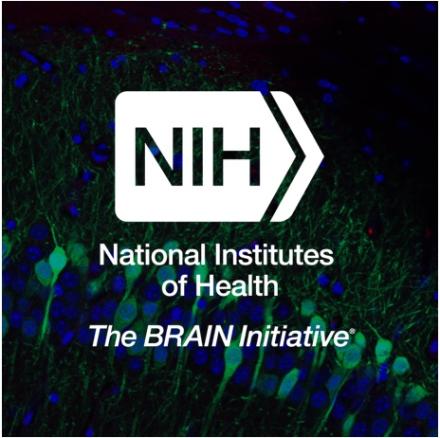News

BRAIN News Spotlight
Researchers Fully Map Neural Connections of the Fruit Fly Brain
NIH-supported milestone will advance understanding of brain processes in larger animals.
View Spotlight ArticleOctober 30, 2017
Grants aim to address neuroethical issues associated with human brain research.
NIH announces new round of awards for visualizing the brain in action.
October 23, 2017
$250 million effort will catalog “parts list” of our most complex organ.
August 10, 2017
Molecular profiling may be key to compiling brain’s “parts list”.
May 4, 2016
Collection of press releases from NIMH related to The BRAIN Initiative®.
October 1, 2015
New round of projects for visualizing the brain in action.
In the News
The BRAIN Initiative Alliance (BIA) aims to spread the word about BRAIN-funded scientific advancements. Visit the BIA website for up-to-date news coverage about the impact of BRAIN Initiative research.
The BRAIN Blog
The BRAIN Blog covers updates and announcements on BRAIN Initiative research, events, and news. Hear from BRAIN Initiative trainees, learn about new scientific advancements, find out about recent funding opportunities, and more.
Last reviewed on July 02, 2025
